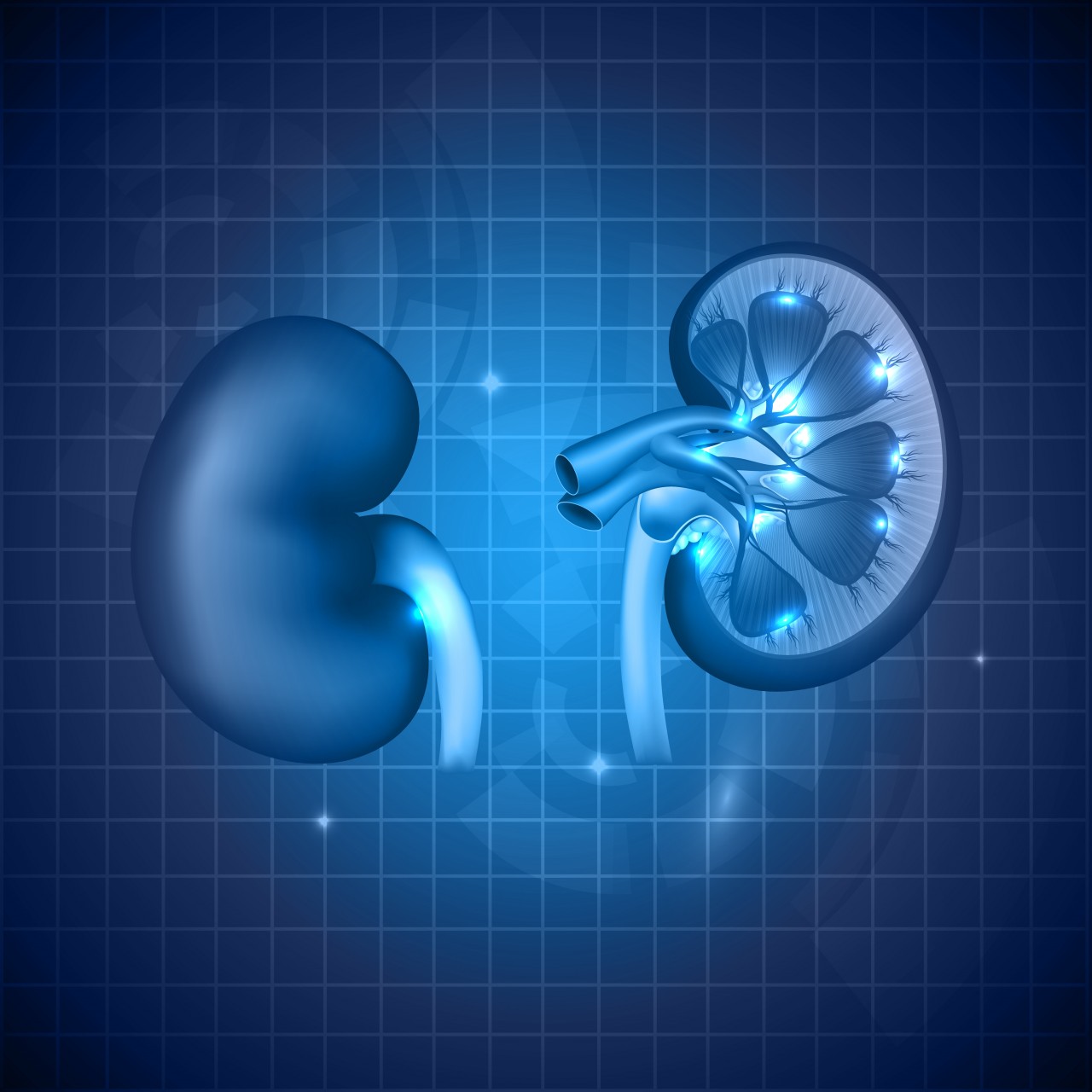Researchers at Washington University Saint Louis conducted a review on the different aspects of a syndrome called chronic kidney disease (CKD) – mineral bone disorder (MBD). The study is entitled “Pathophysiology of the Chronic Kidney Disease – Mineral Bone Disorder” and was published in the journal Current Opinion in Nephrology and Hypertension.
CKD is a medical condition characterized by the gradual loss of kidney function over time that can eventually lead to kidney failure, a situation in which the patient will have to undergo either dialysis or a kidney transplant. CKD can be caused by disorders like diabetes or high blood pressure, and is associated with an increased risk of cardiovascular diseases. It is estimated that 26 million American adults suffer from the disease.
The causes underlying an increased cardiovascular risk in CKD patients are thought to be linked to a syndrome called CKD-MDB, a condition characterized by the failure of the kidneys in maintaining proper levels of calcium and phosphorous in the blood, leading to abnormal bone hormone levels. Within CKD-MBD, three particular cardiovascular risk factors have been reported: hyperphosphatemia (abnormal high levels of phosphate in the blood), vascular calcification and elevated fibroblast growth factor 23 (FGF23) levels.
According to the authors, it has been previously shown that kidney diseases trigger nephrogenesis (generation of kidney tissue) as part of a renal repair response. Some nephrogenic factors activated in this response have been described, namely the Wnt (portmanteau of Wingless and Integrated) family, which plays an important role in tubular epithelial reconstitution, and Dickkopfs (Dkk), which are Wnt inhibitors. An additional factor involved in the attempted renal repair during CKD was found to be activin A, a hormone that belongs to the transforming growth factor (TGB)-beta family and is present in high levels in circulation in CKD. All these nephrogenic factors have been found to participate in the pathogenesis of the vascular and skeletal components of CKD-MBD.
Interestingly, the activin type 2 A receptor (ActRIIA) was found to be decreased in the aortic vascular smooth muscle by CKD. It was shown that by inhibiting activin signaling it was possible to block CKD-stimulated vascular smooth muscle dedifferentiation, vascular calcification and renal fibrosis.
The authors concluded that the CKD-MBD syndrome reflects an impairment in the systems biology between the injured kidney, the skeleton and the cardiovascular system that can severely affect survival in CKD patients. Recent studies have shown that circulating renal repair factors contribute for the development of CKD-MBD and CKD associated cardiovascular disease. Furthermore, the authors suggest that the ActRIIA signaling could be considered a potential therapeutic target in CKD as it is involved in the link between renal disease progression and vascular disease.

